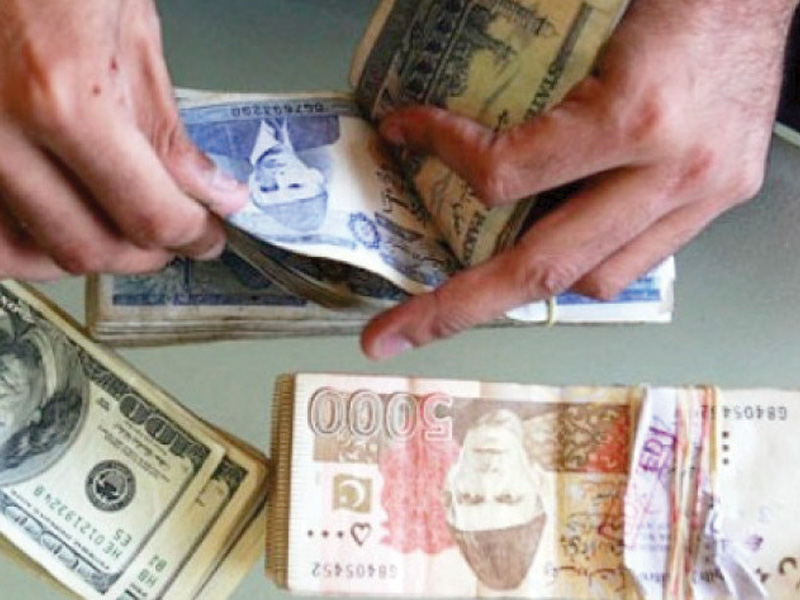
Since January 2015, when the State Bank of Pakistan slashed its key policy rate by 1% to 8.5%, the government’s borrowing costs have significantly come down. One of the factors behind the reduction in cost was its decision to float long-term Pakistan Investment Bonds (PIBs), showed State Bank of Pakistan data of the past 20 months.
Govt's borrowing record tumbles
From January 2015 to September 2016, the Finance Ministry has borrowed Rs2.186 trillion by issuing PIBs and Ijara Sukuk, according to the central bank data.
The weighted average cost of these borrowings was 7% — as much as 5% less than the cost of borrowing it retired by issuing fresh instruments. It translated into over Rs100 billion annual savings –almost equivalent to $1 billion that the government raised this week from international debt markets by issuing Sukuk at an interest rate of 5.5%.
The government retired Rs1.6 trillion of the previous loans out of these Rs2.2 trillion.
Another benefit that the government got was the increase in average maturity period of its debt from two years to three-and-a-half years, reducing risks attached with debt rollover. The total benefits that the government will accrue during this three-and-a-half year period will be at least Rs350 billion or $3.5 billion.
Govt may set up 'new' company to borrow Rs200b
Due to reliance on long-term debt instruments, the share of government-backed bonds in its total domestic debt has increased from 36.8% in 2015 to 38.8% in 2016 despite increase in overall debt stock.

As of June 2015, the central government’s debt was roughly Rs17 trillion that increased to Rs19 trillion by the end of June this year.
The January 2015 period carries significance, as the central bank started implementing its monetary easing policy and since then has lowered its key interest rate by 2.75% to 5.75% till May this year and has been maintaining it at this level.
Due to this low interest environment, as many as 18 previous auctions’ cut off interest rates were either lower or at the last auction level, according to Ministry of Finance officials.
Consequences
Investing in long-term papers in a low interest rate environment has been the right strategy but private sector has not benefitted from this, said Dr Ashfaque Hasan Khan, former Director General of Debt of Ministry of Finance. He said that the private sector’s credit to deposit ratio was not picking up.
Commercial banks are more inclined to extend loans to the government than to the private sector, said Dr Khan.
However, the government’s growing borrowing needs would significantly offset the benefits of the savings occurred due to overall low interest environment. In the last fiscal year 2015-16, the government spent an amount of Rs1.150 trillion on domestic debt servicing as against the budgetary estimates of Rs1.168 trillion.
Parliamentary panel gives clean chit to govt's foreign loans
The government’s borrowings are constantly increasing due to the Federal Board of Revenue’s inability to collect taxes to match the high cost of debt and defence spending. During the last fiscal year, the government borrowed Rs1.364 trillion from banks, according to the central bank data.
The International Monetary Fund’s Fiscal Monitor released last week does not depict a healthy trajectory of the government’s revenues during a period of next five years. The Fiscal Monitor –one of IMF’s flagship publications, shows that the government’s revenues would remain at 16% of Gross Domestic Product in 2017 that will increase to maximum 17.5% by 2021.
Due to this dismal state of affairs, the IMF does not see any major shift in expenditure patterns, which have been shown constant at 19.6% of the GDP during next three years and then gradually growing to 20% by 2021.
The state of the government’s non-tax revenues is also not good. It’s one of the main sources of the non-tax revenues — the Coalition Support Fund (CSF) has been drying up due to the slowdown of American activities in the region. The SBP revenues are also hit by the low interest environment and shifting of the government borrowings from the central bank to the commercial banks. The privatisation proceeds of the SBP have also dried up.
The writer is a staff correspondent
Published in The Express Tribune, October 10th, 2016.
Like Business on Facebook, follow @TribuneBiz on Twitter to stay informed and join in the conversation.


































1713853507-0/MalalaHilary-(2)1713853507-0-270x192.webp)








COMMENTS (1)
Comments are moderated and generally will be posted if they are on-topic and not abusive.
For more information, please see our Comments FAQ